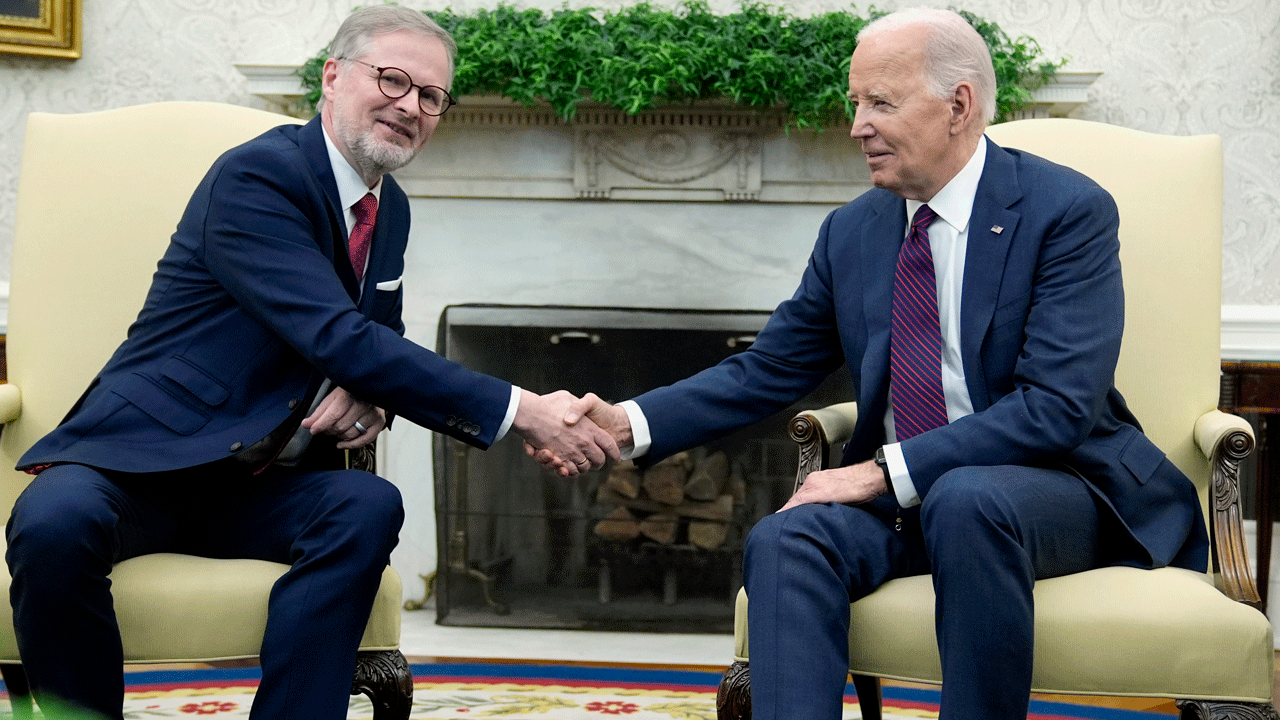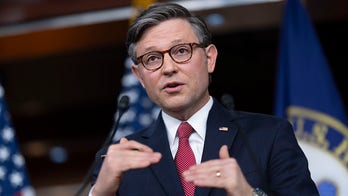Defense Secretary Leon Panetta has commuted on military aircraft to his home in northern California more than two dozen times since he took over the Pentagon in July, paying about $630 per trip for a roundtrip flight that costs the Pentagon about $32,000.
The totals detailed by defense officials lay out his reimbursements for the first time, showing he paid the Treasury about $17,000 for the 27 personal trips. Based on fuel and other operating expenses for his Air Force plane, those same trips cost the government as much as $860,000.
As Pentagon chief, Panetta is required to travel on military planes because they have the secure communications equipment he needs to stay in contact with the president and other top civilian and military leaders.
His bill for the travel is calculated according to reimbursement formulas dictated by longstanding federal policies using what a full-fare coach trip would cost. And the Pentagon says it costs about $3,200 per flight hour to operate the small plane he usually uses for the 10-hour round trip.
When he took the job, Panetta made it clear that he would continue to return home to his family on the weekends as he had done as CIA director for the previous two years, and as a member of Congress from 1977-1993.
The cost of the flights is a tiny fraction of the Pentagon's proposed $614 billion budget. But Panetta comes to the defense job at a particularly difficult financial time for the department. If Congress can't reach an agreement on savings or additional revenues elsewhere in the federal budget by next January, officials could be forced to cut nearly $1 trillion in defense spending over the next 10 years.
When Panetta took the post it was noted that he came with budget skills honed during his time as chairman of the House Budget Committee, head of the White House Office of Management and Budget and White House chief of staff for President Bill Clinton.
"No one understands the budget pressures on the Pentagon better than Secretary Panetta, who is responsible for identifying nearly $1 billion per week in defense cuts -- or roughly $140 million per day -- over the next 10 years," Pentagon press secretary George Little said. "As a required-use traveler, he must use government aircraft for all travel."
Little said Panetta values his time with his wife and family, and "spending time away from Washington, in fact, helps him focus on the job and recharge."
His two predecessors didn't make such frequent, long trips home. Robert Gates spent most weekends in the nation's capital, but traveled occasionally to his family home in Washington state. Donald H. Rumsfeld also lived in the D.C. area, but often spent weekends at his house in St. Michaels on Maryland's Eastern Shore.
Panetta's wife, Sylvia, works full time at the Panetta Institute for Public Policy, which they established in Monterey, Calif., in 1997.
As a result, Panetta, 73, routinely works, makes phone calls and, when necessary, travels a short distance for secure video conferences while he is at home at his family's walnut farm.
Occasionally he's been there when tragedy has struck.
On March 10, he was at home when he got the call that a U.S. soldier allegedly had gone on a rampage and shot Afghan villagers -- including women and children -- at point-blank range while they slept in their beds. Over the next hours and day, he spoke with U.S. military and national security officials, participated in discussions about what the U.S. response should be, and called Afghan President Hamid Karzai to express his condolences and promise that the perpetrator would be held accountable.
Panetta usually flies out to California on Friday evening and comes back Sunday night. For those personal trips, according to the federal Office of Management and Budget, he is required to reimburse the Treasury for the equivalent "full coach fare" that would be available to the public for the same flight.
But on nine occasions so far, official domestic trips have been scheduled for Thursdays and Fridays, allowing the secretary to travel part way across the country for business, then fly the rest of the way to California for the weekend.
In those cases, which included visits to Fort Campbell, Ky., Barksdale Air Force Base, La., Camp Pendleton, Calif., and Fort Bliss, Texas, he pays only part of the trip.
According to the formula, he essentially reimburses the government for the difference between the cost of the full trip minus the cost of flying directly to the base or official event location and back to Washington.
Those trips sometimes incur additional costs because a few staff members traveling with Panetta have had to return to Washington separately, either on a military plane, if available, or on a commercial flight.
Little said the Friday trips are not planned to mesh with Panetta's travel to California. Instead, he said, travel on Fridays or Mondays allow Panetta to "maximize his time in light of regularly scheduled meetings in Washington," including congressional testimony and White House and National Security Council sessions that are usually mid-week.
Typically Panetta flies on an Air Force C-37 -- somewhat comparable to a Gulfstream jet -- which is the lowest-cost aircraft that can carry the necessary communications equipment. In contrast, the Air Force E-4B, the "doomsday plane" Panetta uses for overseas travel because it can refuel in flight, accommodate secure video conferences and serve as an airborne command post, costs about $70,000 per flight hour to operate.
The requirement that all travel -- official and personal -- by a defense secretary be conducted on military aircraft was instituted during the George W. Bush administration in 2001.
When Panetta took over as defense chief he asked for a legal review to insure all regulations were being followed. In a memo obtained by The Associated Press, Jeh Johnson, the department's general counsel, laid out the reimbursement rules, including for trips that include both official and personal travel.




